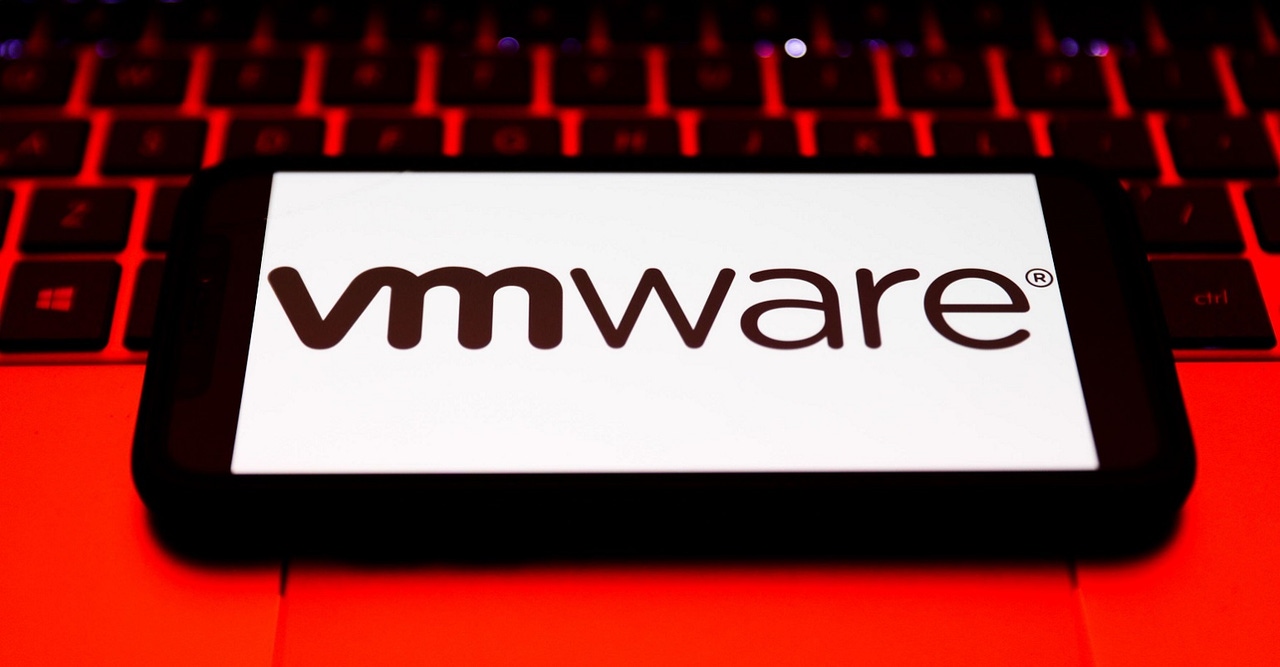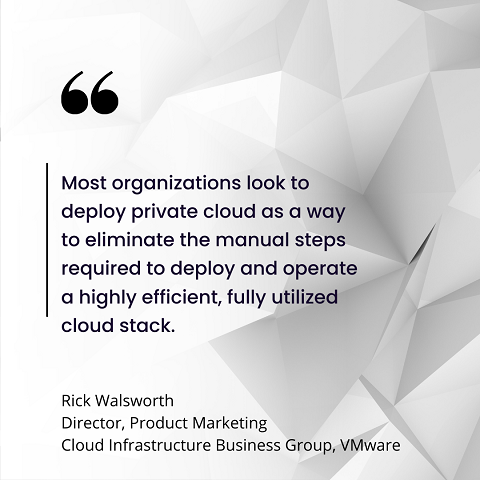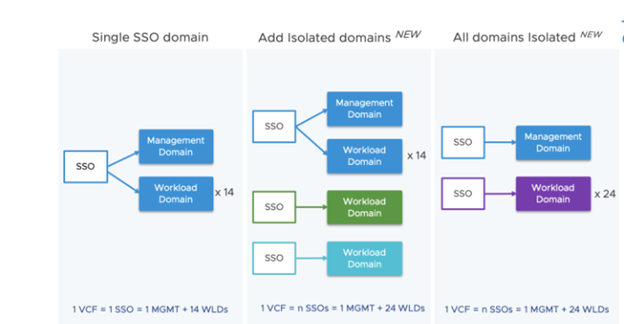VMware Cloud Foundation 5 Update Streamlines Private Cloud ManagementVMware Cloud Foundation 5 Update Streamlines Private Cloud Management
VMware Cloud Foundation 5.0 benefits from updates that aim to enable more automation as organizations increasingly integrate hybrid and multicloud operations.

A lot of organizations continue to rely on private cloud, and it's a market that a number of vendors, including VMware, continue to serve.
On June 1, VMware Cloud Foundation (VCF) 5.0 became generally available, providing enterprises with a suite of updated capabilities. VMware has been advancing the Cloud Foundation platform over the last several years as a way to enable private and hybrid cloud deployments.
Related: How to Build a Personal Cloud Server for Private File Storage at Home
VMware Cloud Foundation is not a single piece of software but rather is a suite that includes multiple components. In the 5.0 update the components include:
vSphere 8.0u1a for workload management
vSAN 8.0u1a for scale-out storage
NSX 4.1 for networking
vRealize LifeCycle Manager 8.10 (Aria) for cloud management
SDDC Manager 5.0, software-defined data center for overall data management
"If you look closely at VMware Cloud Foundation 5.0, you'll see that vSphere and vSAN incremented from 7.X to 8.X, and VCF 5.0 is the first release to incorporate these major updates for compute and storage," Rick Walsworth, director of product marketing for the Cloud Infrastructure Business Group at VMware, told ITPro Today. "Likewise, NSX went from version 3.2 to version 4.1, offering major features for networking and security, adding new capabilities for cybersecurity, detection, prevention, and action."

Walsworth-VMware
Individual updates have all been integrated and delivered as part of the full-stack VCF solution, which also provides high degrees of automation for the entire system, Walsworth said.
Beyond vSphere, How VMware Cloud Foundation Enables IT Operations
vSphere provides a lot of capabilities to integrate the compute hypervisor stack with legacy storage and networking architectures, according to Walsworth. That said, he noted that without the ability to deploy a full-stack software-defined infrastructure, an organization cannot automate and orchestrate the storage and networking aspects to deliver a full private cloud.
"Most organizations look to deploy private cloud as a way to eliminate the manual steps required to deploy and operate a highly efficient, fully utilized cloud stack," he said.
Related: A Guide to Cloud Architectures: Single Cloud, Multicloud, Poly Cloud and Beyond
A core part of VCF 5.0 is the new SDDC update, which plays a strong role in helping to support cloud operations. In the SDDC 5.0 update, one of the new features is an Isolated SSO Workload Domains capability, which will help simplify operations.
Walsworth explained that prior to VCF 5.0, organizations needed a common single sign-on (SSO) domain to be able to deploy to a multi-tenant environment. In many instances, organizations are looking to have a secure environment with a unique SSO domain to make sure the traffic is completely isolated between the different tenants through workload domains. Isolated SSO Workload Domains gives organizations and managed service providers (MSPs) the ability to manage multi-tenant environments where each tenant can have its own SSO environment, for a more secure environment.

VMware-SSO
Building a Cloud Foundation for Multicloud Operations
Modern enterprises are increasingly taking a multicloud approach, with less reliance on a single cloud provider. It's an approach that VMware also supports.
Related: Lines Between Public, Private, Hybrid Cloud Architectures Are Blurring
"Our contention is that a multicloud environment typically starts on-premises by building a consistent IaaS stack, consisting of compute, storage networking, and management with automation and orchestration that forms the basis for a cloud operating model," Walsworth said.
He added that organizations want a consistent cloud operating model that gives them the power to develop a singular architecture that is extensible into any of the major hyperscale cloud environments. Through the VMware Cloud Provider Platform (VCPP) offering, organizations can migrate workloads from their on-premises private cloud to operate in one or more public cloud providers.
"This gives organizations the power and flexibility to determine which cloud provider offers the best in terms of technical capabilities, cost performance, or locality," he said. "We continue to move towards a multicloud world where the lines of distinctions between private and public cloud continue to blur."
About the Author
You May Also Like








.jpg?width=700&auto=webp&quality=80&disable=upscale)
